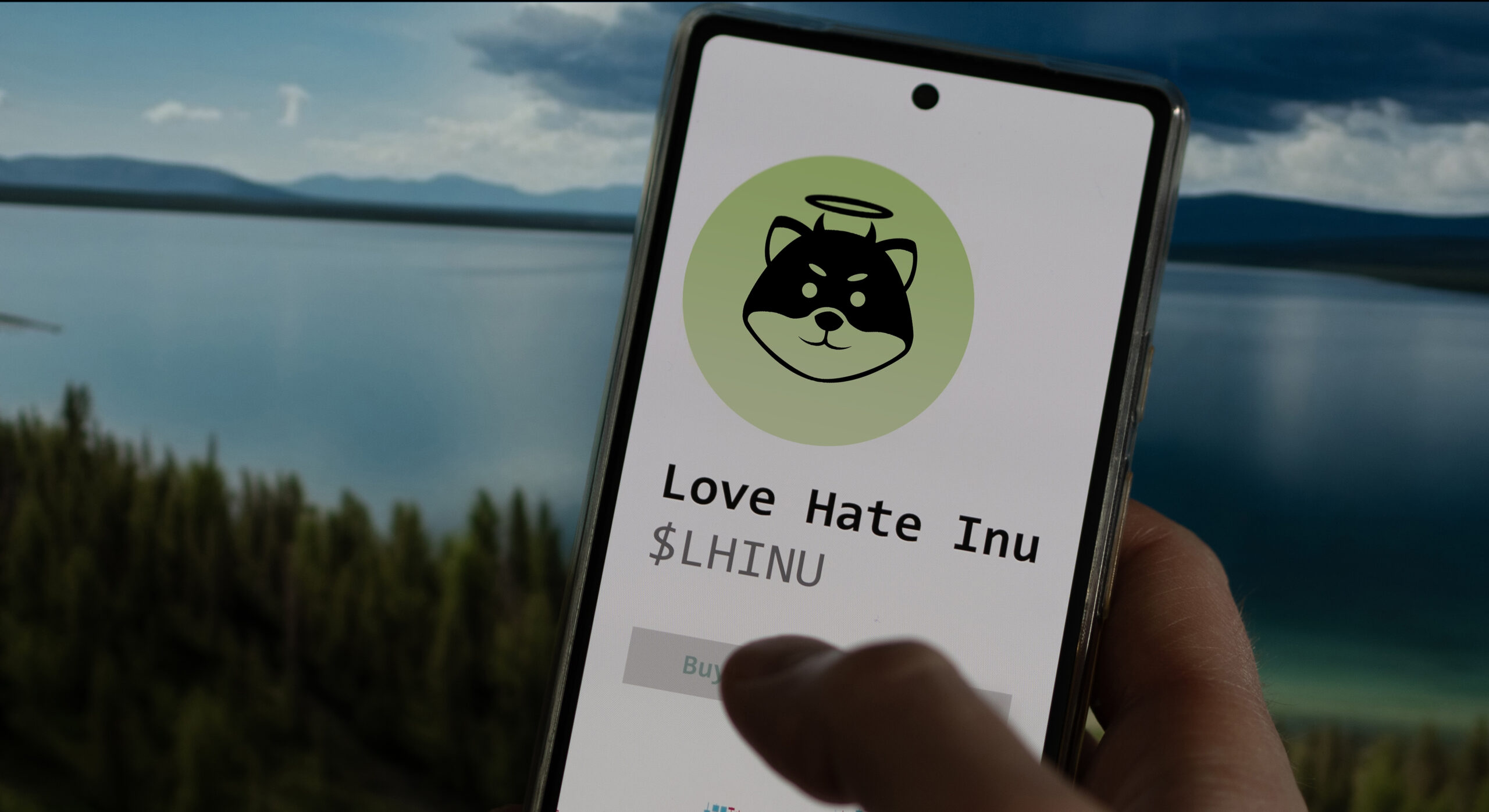When you send bitcoin from your wallet to another person, you share your public key, so the recipient can recognize the source of the money and you sign the transaction with a private key. An asymmetric key pair is formed. To ensure the validity of the signature, miners verify the public key, after confirming the reality of the transaction, they add it to a block, securing your transaction once the block is added to the blockchain.
Prospectors can now accidentally or intentionally add a miserable pairing to the blockchain and block. Other prospectors can detect this and ignore the blockchain completely. Thus, no more blocks will enter the blockchain. If other miners find the previous block valid, they can add more blocks to that chain, further validating the latest transaction. This gives the transaction an additional stamp of authority.









Leave A Comment
You must be logged in to post a comment.